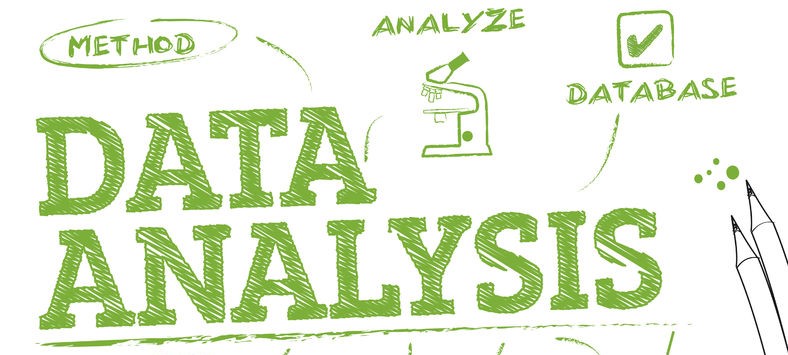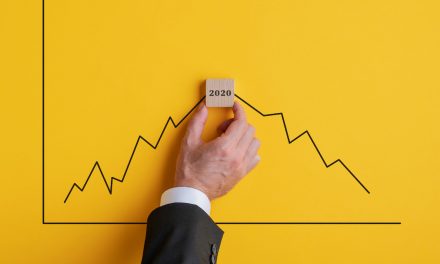On a radio broadcast recently, an “expert” described data as the new oil. The point was that data has supplanted oil as the ubiquitous element affecting business results.
By Jack Cumming
On a radio broadcast recently, as I was waking up (so I didn’t catch the source or the speaker) . . . an “expert” described data as the new oil.
He was referring to the ubiquity of oil in many products as fuel, lubricant, or raw material. Oil affects nearly every business activity from printing to deliveries. When the price of oil rises, the cost of business rises, and vice versa. It’s that ubiquity that I interpreted as the germ of the speaker’s message. The point was that data has supplanted oil as the ubiquitous element affecting business results.
What’s Ubiquitous to Senior Living
This requires some pause and reflection. Interest rates affect all aspects of business ranging from the cost of capital to the returns available on investable funds. Lower interest rates reduce the cost of business and stimulate business growth, while the reverse is also true; i.e., rising interest rates increase cost and restrain business growth. For businesses with international links in their supply or distribution channels, exchange rates, also, have an element of ubiquity.
Other business elements might likewise be considered candidates for the ubiquity label. Labor intensive businesses are impacted by rising labor costs in a tightening labor market, as many service-intensive businesses including senior housing are learning now. Leasing costs are a major variable for brick and mortar businesses. There are many examples of what might be considered ubiquities, though economists have generally focused on oil and interest rates as the two most significant.
Customers
One of the truisms of ubiquity is that customers make the business. We acknowledge that with the primacy, which we give to marketing and business reputation. The job of marketing is to make prospective customers aware of the business and its differentiating advantages; to offer input into improving the offering; i.e., the specifics of the services or products sold, and to reducing barriers to customer acquisition.
Jack Ma famously stated the importance of customers when he articulated his business philosophy to investors before the Alibaba initial public offering, “Customers first, employees second, and shareholders third.” Amazon’s Jeff Bezos put it this way, “Listen to the customer and invent for the customer.” This leads to the conclusion that customers are the telling ubiquity and for senior housing that means residents.
Economists like algorithmic models. Interest rates and oil prices lend themselves to modeling. The vagaries of customer whims are harder to model mathematically. Hardcore businesspeople tend to minimize fashion in their dedication to data and numbers, but as stylist Robbie Spencer famously stated, “Fashion influences everything.”
Fashion both mirrors and leads the subtle cultural changes that differentiate one age from another. In a prior era, the Gilded Age gave way to the Jazz Age. In our own time, senior housing operators are seeing the culture formed in the aftermath of World War II give way to the more demanding culture of the baby boomers.
Here Come The Baby Boomers . . . Watch Out
It’s not that the baby boomers are that different from those who came before. It’s just that the baby boomers object vocally when they don’t receive the value they expect. Earlier generations didn’t like receiving less value than expected either but felt helpless to do anything about it (they were children of the Great Depression), so they adapted and endured.
Most senior provider executives, though, are baby boomers themselves. They understand their generation, and those executives who create the senior living environment that they would embrace for themselves will be the transformative executives for the coming generation.
It’s the job of the CEO, and those close to her or him, to balance these ubiquities that meld together to form the business. The mix is different for senior housing with its strong real estate and labor elements than it is for the delivery of technological services in support of aging. Administrative executives rely on experts – investment bankers, accountants, attorneys – to advise them on balancing and rebalancing. Entrepreneurial executives see the opportunity to envision the future and to take short cuts to give customers greater value and higher satisfaction.
Embracing Change
It’s that embrace of change and how to benefit from it that distinguishes the pragmatic executive from the conventional. The future can be found in the data. While vision is the creative element beyond the data, it is data that tests the vision to prove its viability. There is a business truism: “You can’t manage what you don’t measure.” Today’s data resources are vast, but they are only as good as what is measured, and they only have creative value when structured to allow businesses to thrive and survive.








